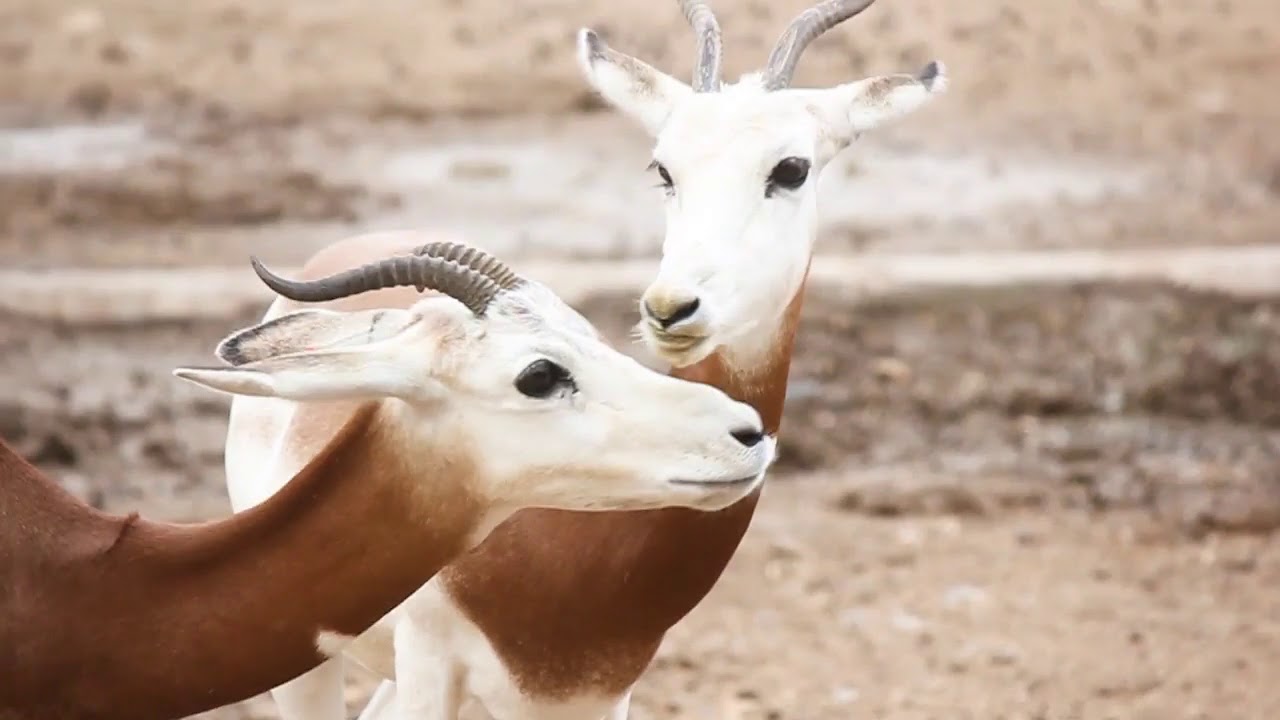- Thanksgiving Animal Play Day: An innovative approach to animal enrichment in zoos, fostering behavioral development and mental stimulation.
- The science behind animal play: Understanding the role of play in the physical and psychological health of wildlife in captivity.
- Biodiversity and species-specific activities: Customizing enrichment to cater to various species’ natural behaviors and preferences.
- Zoo management strategies: Balancing conservation, education, and animal welfare through creative enrichment programs.
- Impact on conservation efforts: How Thanksgiving Animal Play Day contributes to global wildlife conservation initiatives.
Thanksgiving Animal Play Day represents a novel concept aimed at enhancing the lives of zoo animals through dynamic and engaging activities. This initiative stems from the recognition that play is a crucial aspect of animal welfare, particularly for those in captivity. Zoos worldwide have adopted this innovative approach to enrichment, highlighting its significance in nurturing behavioral development and mental stimulation. By introducing play into the daily routine, zookeepers foster an environment that closely aligns with the animals’ natural conditions, promoting healthier, more active lifestyles.
The foundational principle behind Thanksgiving Animal Play Day is deeply rooted in scientific understanding. As research indicates, play is an essential component of various species’ lives, not restricted to juvenile stages but vital throughout their lifespan. In the wild, animals engage in play to hone survival skills, refine social interactions, and maintain their cognitive health. Captive environments often lack these natural stimuli, making events like Thanksgiving Animal Play Day crucial for compensating this deficit.
In scientific terms, animal play can be categorized into several types, including social play, object play, and locomotor play. Social play often involves interacting with conspecifics, vital for learning communication and establishing social hierarchies. Object play, such as manipulating toys or other items, aids in problem-solving and can simulate hunting or foraging behaviors. Meanwhile, locomotor play, which includes running, jumping, or climbing, helps maintain physical fitness and coordination. By incorporating these playtypes into enrichment programs, zoos can address the various needs of their animal residents effectively.
A pivotal aspect of executing Thanksgiving Animal Play Day lies in understanding biodiversity and species-specific requirements. Each animal species exhibits unique behavioral patterns and preferences, necessitating customized activities to ensure effective enrichment. For instance, big cats like lions and tigers benefit from activities that mimic hunting scenarios, such as dangling meat or deploying scents to track. Primates, being social and intellectually advanced, thrive on complex puzzles and social challenges that engage their cognitive abilities. Aquatic animals, such as otters and seals, enjoy interactive toys and feeding games that encourage agility and dexterity.
Zoo management plays a critical role in the successful implementation of Thanksgiving Animal Play Day. A well-coordinated plan involves collaborative efforts between animal caretakers, behavioral scientists, and enrichment specialists. These teams work together to design activities that align with each species’ natural behaviors, ensuring that the enrichment is both stimulating and safe. An important consideration is monitoring the animals’ responses to different activities and adjusting the program accordingly. This continuous feedback loop is integral to maintaining a high standard of animal welfare within zoos.
Beyond enhancing immediate animal welfare, Thanksgiving Animal Play Day holds significant implications for global wildlife conservation. By promoting a deeper understanding and awareness of animal behaviors through engaging activities, zoos can foster greater public interest and involvement in conservation issues. Visitors gain insights into the lives of the animals and the challenges they face in the wild, encouraging support for broader conservation efforts. Moreover, successful captive enrichment strategies can inform reintroduction programs, aiding animals in transitioning from captivity to natural habitats.
The collaborative nature of Thanksgiving Animal Play Day also fosters networking between zoos and wildlife conservation organizations. Sharing best practices and enrichment techniques contributes to the continuous improvement of animal welfare standards worldwide. As zoos partner with conservationists, they are empowered to play a crucial role in preserving endangered species, complementing breeding programs and habitat restoration initiatives.
Thanksgiving Animal Play Day thus emerges as more than a mere celebration of animal enrichment. It represents a holistic approach to zoo management that aligns animal welfare with education and conservation objectives. As zoos continue to innovate and enhance their enrichment programs, the impact on global conservation efforts will be profound. By understanding the vital role of play in animal lives, we take significant strides toward ensuring healthier, more fulfilled captive wildlife and a more informed, conservation-minded public.
*****
Source Description
Sunday, November 18th, the animals received some special Thanksgiving enrichment.


